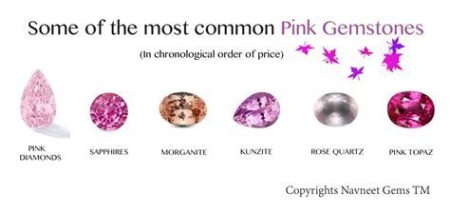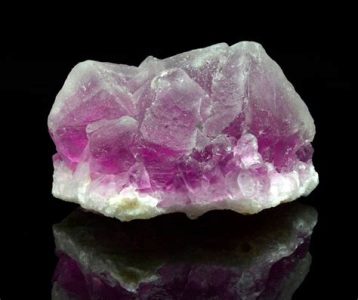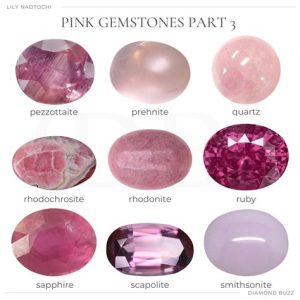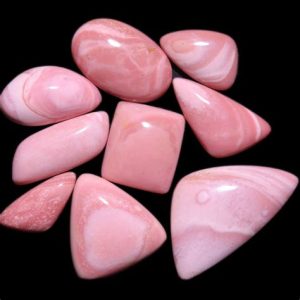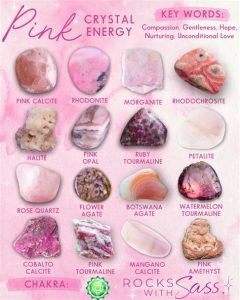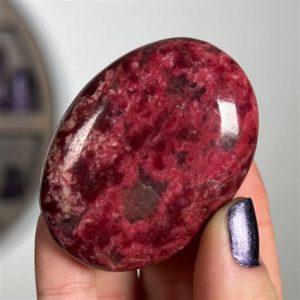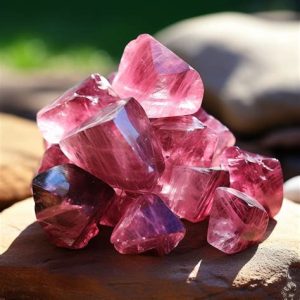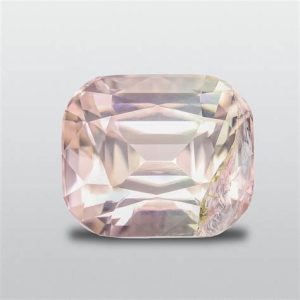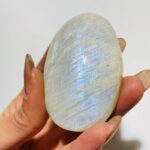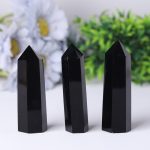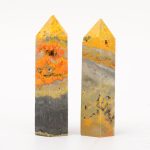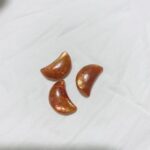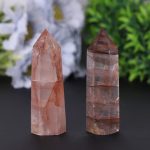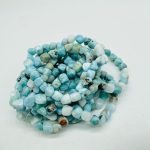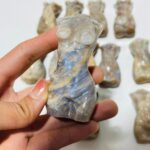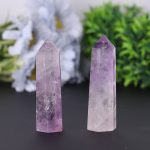Introduction
The Indian and Burmese rubies have been highly sought-after gemstones for centuries, renowned for their exceptional beauty and symbolism. However, despite their shared name, these two varieties originate from distinct geographical locations and exhibit unique characteristics. This comprehensive comparison explores the key differences between Indian and Burmese rubies, shedding light on their origins, quality factors, and investment potential.

Origins and Geological Formation
Indian Ruby
Originating from the Mogok Valley in Myanmar (formerly Burma), Burmese rubies are formed within marble rocks. These rocks undergo intense heat and pressure, leading to the crystallization of ruby crystals. Burmese rubies are typically characterized by their vivid red color and exceptional clarity.
Indian Ruby
In contrast, Indian rubies are found in the Indian state of Odisha. They originate from a different geological process, forming within metamorphic rocks known as khondalites. These rocks contain high concentrations of corundum, which gives rubies their characteristic red hue. Indian rubies are generally associated with a slightly darker, brownish-red color compared to their Burmese counterparts.
Quality Factors
Color
Color is a primary determinant of the value of rubies. Burmese rubies are renowned for their intense, “pigeon’s blood” red color, considered the most desirable shade in the ruby market. Indian rubies, while not as vibrant, exhibit a warm, brownish-red hue that is also highly sought-after.
Clarity
Clarity refers to the presence of inclusions or blemishes within a ruby. Burmese rubies often have fewer inclusions, resulting in greater transparency and brilliance. Indian rubies may contain more inclusions, which can affect their overall clarity.
Cut
The cut of a ruby influences its light performance and appeal. Traditionally, rubies are cut into oval or cushion shapes to maximize their brilliance. Burmese rubies are known for their precise and symmetrical cuts, while Indian rubies may exhibit a more rustic or irregular cut.
Investment Potential
Burmese Ruby
Burmese rubies have historically commanded higher prices due to their exceptional quality and rarity. They are considered a safe and stable investment, with values steadily appreciating over time. The most valuable Burmese rubies can fetch millions of dollars at auction.
Indian Ruby
Indian rubies, while not as expensive as their Burmese counterparts, still offer a compelling investment opportunity. Their unique brownish-red hue and increasing rarity have made them a popular choice for collectors and investors.
Applications
Jewelry
Both Indian and Burmese rubies are primarily used in jewelry, where their beauty and symbolism make them a popular choice for engagement rings, necklaces, and earrings. Due to their greater clarity and brilliance, Burmese rubies are often featured in high-end jewelry designs.
Gemstone Healing
Rubies are believed to possess healing properties, including the ability to stimulate circulation, enhance energy levels, and promote emotional well-being. Both Indian and Burmese rubies are used in gemstone healing and crystal therapy.
Cultural Significance
Rubies have a rich cultural and historical significance in both India and Burma. In India, rubies are associated with the planet Mars and are believed to bring good fortune and protection. In Burma, rubies are a symbol of power, wealth, and status.
Conclusion
Indian and Burmese rubies are distinct varieties of the same gemstone, each with its own unique characteristics. While Burmese rubies are renowned for their vivid red color and exceptional clarity, Indian rubies offer a warm, brownish-red hue and increasing rarity. Both types of rubies have significant investment potential and are highly valued in jewelry and gemstone healing. Ultimately, the choice between an Indian or Burmese ruby depends on individual preferences, budget, and investment goals.

